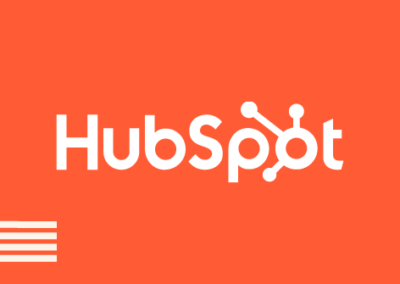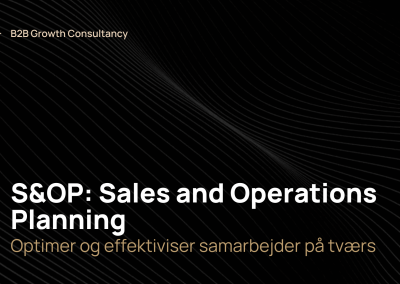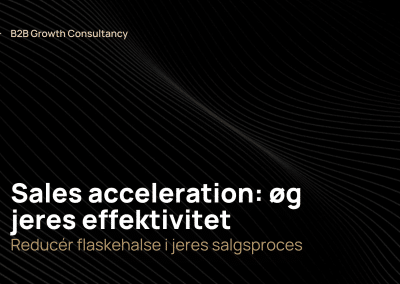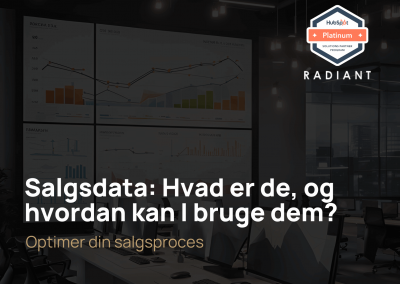B2B segmentation is an important tool if you want to work effectively with sales and increase your revenue. You don’t just have to know who to sell to, you must also know who not to sell to.
Although it’s tempting, it’s impossible to put all customers in the same box. There are different groups of customers, each with different needs and expectations for your business, which is why customer segmentation is essential. It’s a tool that helps you divide the customer groups into categories so you can improve work in marketing and sales.
The key to creating and maintaining successful customer relationships lies in understanding the customer groups’ preferred forms of communication and buying process. With that knowledge, you can tailor your marketing and sales to meet the customers at eye level.
Why segment the customers?
Through segmentation, the customer becomes a visible part of the organization and there are many good reasons to work professionally with B2B segmentation. Below we have listed the most important:
- You can get to know your potential customers on a deeper level so you can tailor your content to meet their needs and challenges
- You can create targeted campaigns and ads to increase lead conversion
- You can improve your customer service and support efforts by understanding the challenges different customer groups are facing
- You can increase customer loyalty with customized content and interactions
- You can gain an understanding of who your most valuable customers are and who to pay less attention to
- You can target the communication to the channels or platforms potential customers are using
- You can identify new opportunities for products, services, and support
Understanding the customer can be used as a tool throughout the buying journey. At the same time, it becomes easier to follow up on KPIs and profitability when segmentation is an integral part of the sales work.
7 segmentation areas
With the essence of customer segmentation in place, we look at the most common variables to segment by. There are 7 segmentation areas you can look at:
- Demographic
- Geographic
- Psychographic
- Technographic
- Behavioral
- Needs-based
- Value-based
Your segmentation should always be data-based as it ensures validity. For the same reason, we recommend that you use a CRM system that supports the process. HubSpot is, as always, our preferred choice.
What data your segmentation should be based on depends on your business and the goal of the segmentation. It can be anything from internal customer data collected through survey data to quantitative third-party data, or it can be a combination. The crucial thing is whether your segmentation can ultimately be implemented in the organization’s sales and marketing processes.
FURTHER READING: What is HubSpot and can it help increase your B2B sales?
Make the best use of the resources
As mentioned, there are many benefits to working with segmentation in B2B, but we need to point out one thing that is fundamental to the whole process which is: With segmentation, you can make the most of your resources.
It’s a waste of time and money to process the wrong customers and it’ll never lead to success. When you segment both new and existing customers, you can optimize sales, to execute exactly where there’s a need. It creates the best results and ROI.
Machine learning is gaining ground
Both the data capabilities, the data automation, as well as the data crawling and the processing of data, in general, for segmentation are in constant development.
This is seen in the number of machine learning providers who have gradually embarked on intelligent measures in relation to real-time segmentation, where the systems can utilize your existing sales data and close to external use in a split second.
It sounds great but takes time to succeed in practice. At Radiant, we are one of the leading Nordic partners for B2B segmentation for Professional Services, SaaS and Tech companies. This is mainly due to 3 reasons:
1. Exclusive partnerships with databases like Lasso X and Vainu
2. Our own sales data we have collected across Professional Services, SaaS and Tech companies
3. The ability to integrate the correct criteria into the best sales systems
In our own sales ecosystem, where HubSpot forms the backbone of our Sales as a Service, we have secured real-time updates of the most lucrative customer segments for our customers. We also recommend, that you do or get a HubSpot partner like Radiant to do the work.



